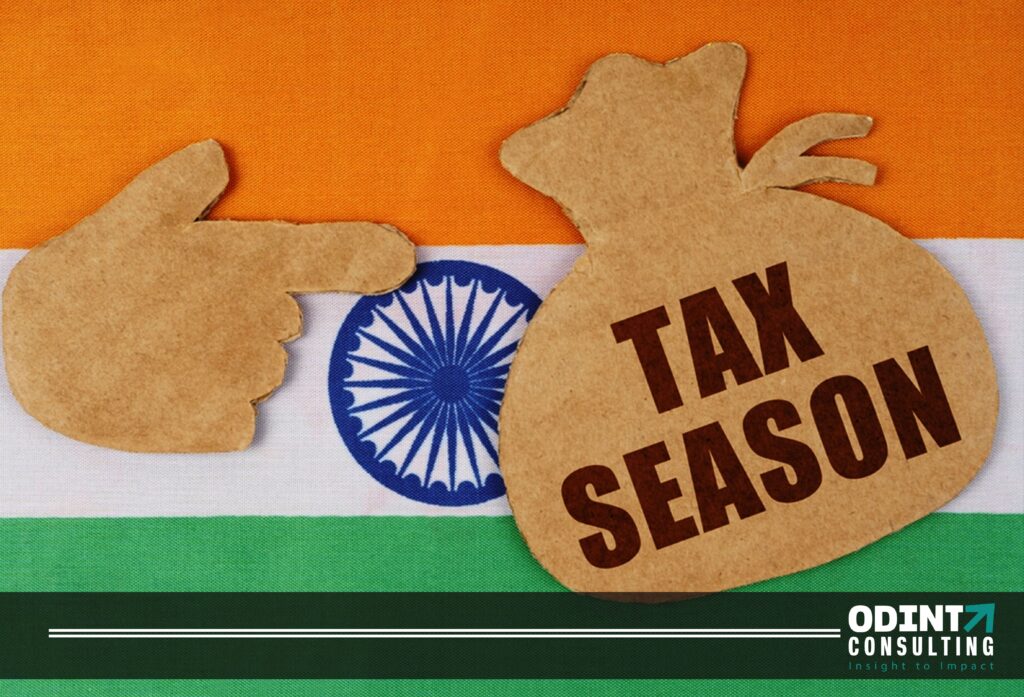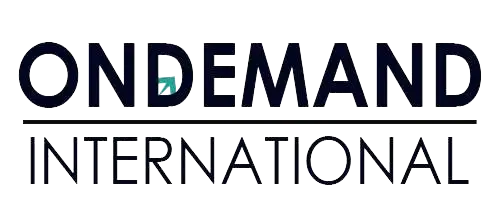
Overview: Indian Company Taxation Structure
The Indian tax structure stretches back to the ancient periods when cultivators and craftsmen deposited their money in the form of crop production, gems, and jewels. As the country’s dealing with economic growth, the Indian tax system is quite good. The revenue generated via levies has benefited the country’s development and functioning. From the year 1860, British control introduced the present tax structure that we currently know.
Article 256 of the constitution of India states “Every tax that is collected is backed up by a law.”
As you keep reading the article you will get a detailed understanding of the taxation structure of India, along with the several tax structures rates, etc.
Corporate Taxation Structure
A large corporation is often known as a business. It is a corporate construct that is regarded to have specific roles and obligations and hence has its legal existence distinct from that of its stockholders.
If you already own an business in India then you should be aware that it can be divided into two types of categories, they are as follows:
- Domestic: These are governed by the Companies Act of India which included businesses that are incorporated inside another nation but have complete administration and monitoring in India. It consists of both industrial and residential establishments. If you operate a home business, your redistribution of wealth will be charged.
- Foreign: Foreign corporations are not subject to the Indian Companies Act and are managed and controlled beyond India. You are only required to pay taxes produced, created, or collected in India if you are a foreign entity.
Domestic and foreign corporations are both obligated to pay business taxes, according to the Income Tax Act.
Read More: Types Of Taxes In India
Corporate Tax Rate
| Types of Businesses | Tax Rate | Surcharge on net income less than 1 crore | Surcharge on net income greater than 1 crore and less than 10 crores | Surcharge on net income greater than 10 crores |
|---|---|---|---|---|
| Domestic companies with annual sales of up to Rs 250 crore | 25% | NA | 7% | 12% |
| Domestic company with a revenue above Rs 250 crore | 30% | NA | 7% | 12% |
| Foreign Companies | 40% | NA | 2% | 5% |
Charges of Business Taxes in India for a Domestic or local enterprise
A domestic institution is one whose administration is fully based in India and is of Indian origin. If a local firm has stores in different countries, the very same amount of corporation tax is levied on the industry’s estimated worldwide revenues. In the case of local enterprises in India, corporation tax also takes into account profits generated outside of India. Let us go through some stats below:
If a firm’s annual income surpasses Rs. 1 crore in a particular fiscal year, it is subject to a 5% premium corporate income tax.
A domestic corporation is also subject to a 4% Medical and Support Surcharge.
A domestic corporation with a revenue of amount of Rs. 250 crore charges a fee corporation tax rate of 25%.
| Total Revenue | Tax Rate |
|---|---|
| Rs 250 crores | 25% |
| Above Rs 250 crores | 30% |
Charges of Business Taxes in India for Foreign company
A global firm is a business that is not of Indian origin. It is managed and controlled from a location beyond India. The Companies Act of 2013 does not apply to these businesses. The laws governing the taxes procedure for a multinational enterprise vary considerably from those governing local firms. It all hinges on the tax agreement that India as well as other nations have reached.
Below you will find a table to understand the stats in detail:
| Type of Income | Tax Rate |
|---|---|
| Any other revenue from businesses in India. | 40% |
| Payments for systems integration acquired by a multinational company from the administration or any Indian company from the date before April 1976 arrangement authorized by the national government. | 50% |
Tax credits for Corporations
There are numerous sorts of corporate income taxes imposed on businesses, and there are also procedures for business tax relief or credits. The major tax credits to contemplate are as follows:
- If a company develops additional forms of energy or facilities, it may be subject to different reductions.
- If a local corporation gets returns from another resident company, it is possible to claim the payments as reimbursements.
- Investment returns may be eligible for credit, depending on the details and circumstances.
- For a total of 8 seasons, the body corporate has the capability to carry the costs suffered in the operation.
- In some instances, investment income can be subtracted.
- A corporation’s investment income is not taxable.
- If a company wants to invest in investment capital or funds, it might make certain arrangements for losses.
- Investment returns may be subject to the tax credit, in accordance with the terms and limitations.
Tax Planning for Corporations
Each payer, even business, needs to do some financial planning so that they can increase their profit margins while lowering their taxable income. Corporation tax planning necessitates the creation of a structure to attain this aim, thus businesses hire professionals who are well-versed in all the laws and regulations governing paying taxes. Since every firm entails considerable financial concern, effective corporation tax preparation is necessary.
As business earnings grow, so do its tax payments. Therefore, in this case, they must commit adequate work and attention to tax preparation that reduces liabilities.
The Principles of Tax Planning
- Taxable Income Decrease: You can save the maximum amount on your taxable income as a taxpayer by guaranteeing that your firm is adequately prepared and running in line with current legislation.
- Productive income Prosperity: A country’s economic expansion is determined by the development of its population. Financial planning anticipates the emergence of available white cash.
- Security in the Economy: When a company’s tax strategy is formulated properly, it increases its security.
- Profitability: The channeling of tax liability to different financial strategies is among the most significant goals of financial planning.
- Competition is kept to a bare minimum: There is always a battle between the debt collector and the taxpayer’s money. To reduce disturbance to a minimum, income tax conformity must be maintained and effectively utilized in such a circumstance.
Conclusion
India has one of the lowest per capita corporate tax rates. As a consequence of the advent and ongoing advancement of innovation, the ability to incorporate and acquire basic identification numbers in the domain of Direct and Indirect Taxes has become faster and easier, permitting enterprises to be established rapidly.
FAQ’s
In India agricultural income is not subject to taxation.
Anyone whose age is below 60 years and their income is more than 2.5 lakhs per annum.
TDS (Tax Deducted at Source) is an indirect mechanism of tax deduction under the Income Tax Act of 1961 at the point of income formation. The payer deducts tax and remits it to the government on behalf of the payee.
Yes, PAN cards are issued to every taxpayer regardless of whether that person is an individual, a partnership firm, or a company. You can apply for a PAN card at the official income tax portal of the Government of India.

